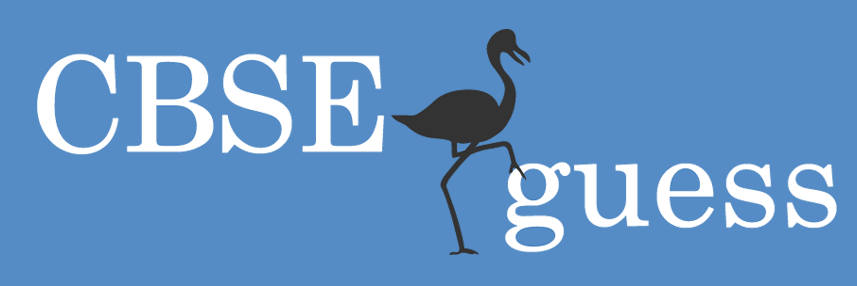What Is Sign Language?
Sign language is a form of hand shapes, facial expressions, finger spelling, and non-manual markers to convey a thought or idea. Sign language has its own grammatical and linguistical structure including semantics, pragmatics, and, syntax. Sign language is dependent upon the orientation, movement, and the hand shape of each sign. In addition, the movement of eyebrows, eye gazes, and head movements are required with sign language communication. The greater your facial expressions, the better and clearer your message with be conveyed.
Who Uses Sign Language?
Sign language is used by the Deaf community, which includes people who are slightly hard-of-hearing to those people who are profoundly deaf. Additionally, people who are hearing also learn how to sign in order to communicate with those who cannot hear. In this close knit community, sign language is primarily used compared to lip reading, and other means of communication. Sign language is also used by those who need it to communicate in places where voices are not used. For example, sign language is used by scuba divers in order to communicate underwater. Imagine the endless benefits sign language has on your place of employment or recreational activities. Sign language is a great way to communicate with those who can or cannot hear.
Why Learn Sign Language?
Sign language is learned by many people, and all for numerous reasons. Someone may learn sign language to become an interpreter, or learn how to sign in order to communicate with family members who are deaf or suffer from a hearing loss. Some people learn how to sign because it is easier to communicate through sign language than through spoken languages. Other people learn sign language because he or she is fascinated by the language itself. Whatever the reason, sign language is a great way to convey your thoughts and ideas to someone else.
What Are The Benefits Of Learning Sign Language?
There are endless benefits from learning sign language. One benefit would be a career as an interpreter for the deaf. If you are considering becoming an interpreter, my suggestion is to start learning as much as possible about sign language. The more sign language you know, the easier it is to interpret. In addition, the more you interact with the deaf community, the more you will learn about deaf culture and sign language. Another benefit of learning sign language is to satisfy a language requirement for college. Currently, sign language is being recognized as a world language across the country. Colleges all over are recognizing sign language as an official language. Many people do not have the aptitude of learning a spoken language. However, learning sign language is an alternative to any spoken language and serves the same purpose of satisfying a language credit. As you can see, there are endless number of reasons someone would like to learn sign language. Anywhere from learning sign language for a potential career, to having the ability to interact with a family member or loved one. Whatever your reason to learn sign language, I am sure it is a great one. Enjoy the process of learning sign language.
About The Author
Learn ASL and American Sign Language Online at ASLDeafined.Com.
The author invites you to visit: http://www.asldeafined.com

